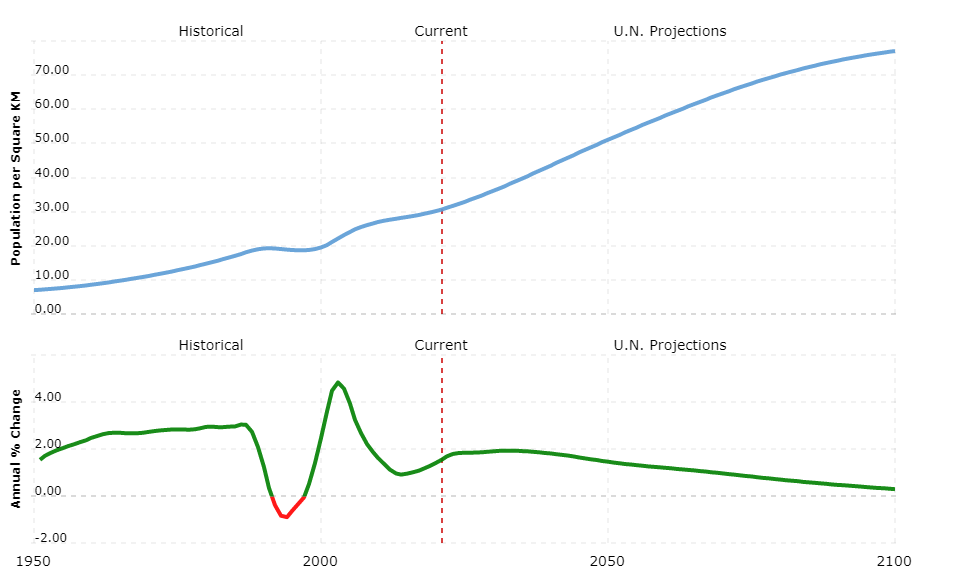Eritrea Literature
Due to the linguistic plurality of the country, it is very difficult to define the literature of Eritrea. It is in fact a multi-ethnic society in which there are nine indigenous languages, each with its own oral literary tradition and some even written. English is also widespread, used for teaching in schools; l ‘ Amharic,… Read More »


